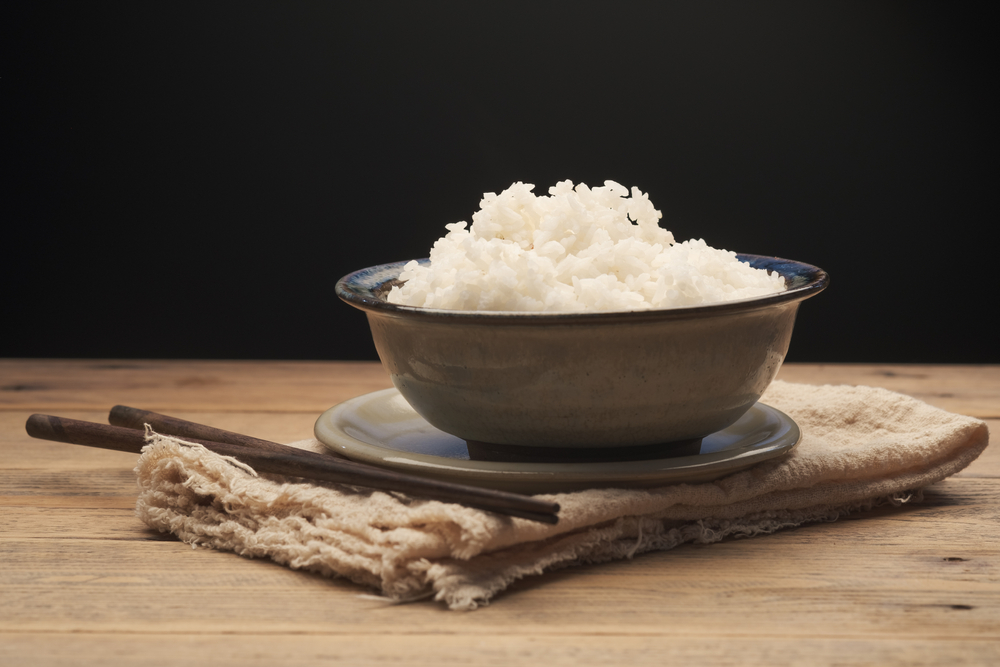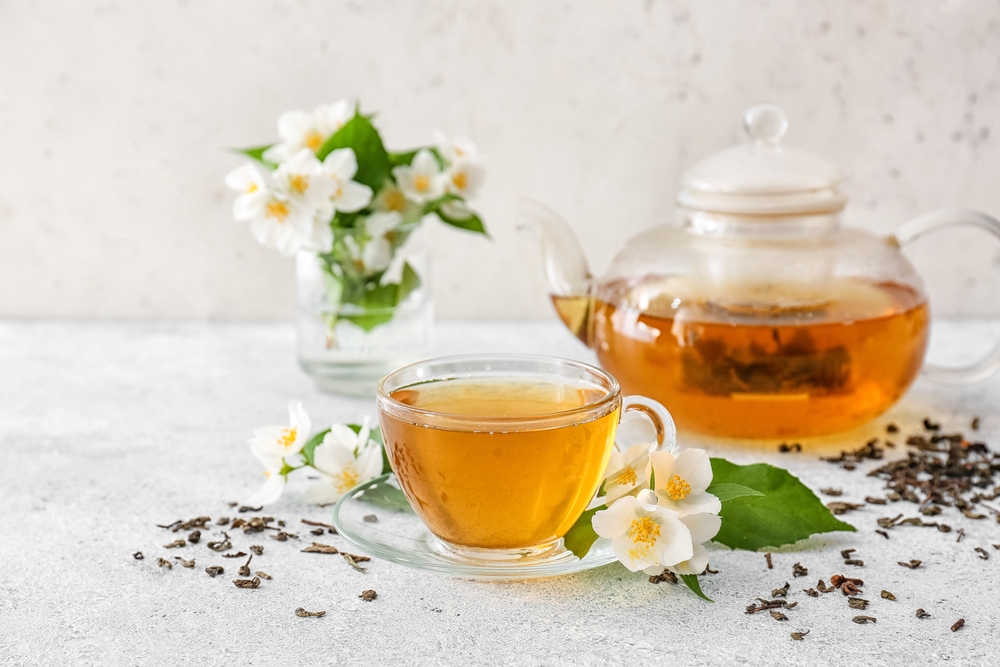Even though rice is traditionally Asian in origin, many people now enjoy the soft fluffy-looking staple. In fact, it’s so popular that it’s now the staple food for more than half of the world’s total population. And while you’re likely more familiar with white rice, Jasmine rice is a different and unique option to try.
Jasmine rice has a slightly sweet flavor and has a flowery aroma similar to buttered popcorn when cooked. It has a non-sticky, light, fluffy texture and often keeps its floral flavor even after cooking.

If you’re already used to neutral-tasting white rice, you surely have a bit more rice exploring to do. However, Jasmine rice can give you a totally different and exciting taste experience. This article will provide more details about the extra uniqueness that Jasmine rice brings to the table.
What Does Jasmine Rice Taste Like?
You might wonder what the fuss is all about if you haven’t tried it out at least one time. But this long-grain variety really holds its own amongst other white rice types when it comes to taste. Although Jasmine rice generally tastes like any rice variety, there are subtle differences you’ll quickly notice about it instead.
The first thing you’ll easily catch a whiff of when it’s on the boil is its distinctive aroma. Jasmine rice gives off a nice buttery and flowery fragrance to the smell, which is nice to have with anyone’s food. This unique aroma is often why some people pick it over any other variety, and possibly you could too.
Texture-wise, it’s very similar to your average white or brown rice varieties, with a light and fluffy texture when eaten. Freezing and reheating extra rice will likely cause a loss of taste quality in the process, which is disappointing. However, Jasmine rice grains aren’t sticky like other varieties are, making reheating its freezing and reheating process a breeze.
Why Does Jasmine Rice Taste Different?
You already know Jasmine rice gives off an excellent buttery and nutty flavor, but why? Well, the science behind the taste is surprisingly simple. The distinctive aroma everyone notices with the long-grained cereal is due to the natural aromatic compounds present in the rice plant.

2-acetyl-1-pyrroline (2AP) is the most important fragrance compound in rice plants, and Jasmine rice has lots of it. It’s a mouthful, but it’s also a cool rice trivia to fire off to friends next time they come around.
Varieties of Jasmine Rice
Jasmine rice comes in many different varieties, with the most popular being the white Jasmine rice. This rice type has nutritional profiles closer to white rice than the brown Jasmine variety because of its heavy processing. The black and red Jasmine rice are lesser-known varieties, with subtle differences in taste and health benefits.
Brown Jasmine Rice
This is the most common variety around after white Jasmine rice. It keeps the traditional nutty and buttery flavor typical of Jasmine rice types. However, you’ll notice an extra oat-like flavor that you won’t really find with its other siblings.
In terms of taste and texture, it’s also a bit tougher and chewier than the white Jasmine rice variety. This is useful to keep in mind depending on how you want your Jasmine rice cooking to turn out.
Black Jasmine Rice
Also popularly referred to as purple rice, this variety is another exotic but less common member of the Jasmine rice family. In fact, it used to be so scarce that it was reserved for royals and nobles during ancient Chinese times.

Initially black when it’s raw, the purple color you see in pictures comes alive when the rice is fully cooked. This rice variety has a little more of an earthy flavor and the usual nutty taste. However, it’s easy to work with while cooking since the flavor differences are quite mild.
Jasmine Rice Recipes
There are many different ways to spin Jasmine rice, especially when pairing it with another sauce or side dish. For example, you could prepare it in Japanese or Chinese-style fried rice or simply opt for any recipe that suits your fancy.
Final Thoughts
Unlike some other rice varieties, Jasmine rice does great when cooked correctly. So incorporating it into your meal schedule can be quite a treat if you can look beyond the extra price.
Its unique flavor, in particular, serves as a welcome change to white rice, especially if you’ve had it for a long time. Whatever your cooking, style, or preferences, there’s always a space or two for Jasmine rice.







